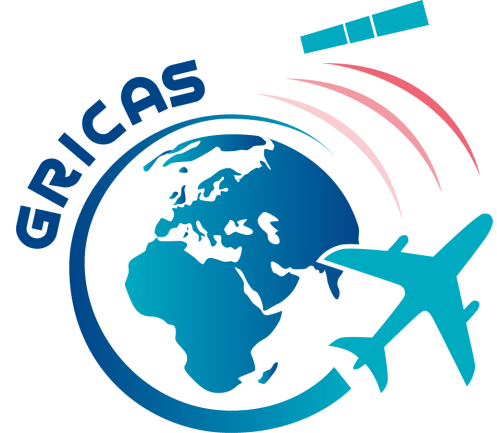GRICAS 2017
 Today, the emergency beacon of aircraft is turned on either automatically by a crash or manually. It often happens that the beacon and its transmission system are damaged during the crash and/or that environmental conditions do not permit a correct transmission; when rescue units search for a missing aircraft, the distress signal cannot be received.
Today, the emergency beacon of aircraft is turned on either automatically by a crash or manually. It often happens that the beacon and its transmission system are damaged during the crash and/or that environmental conditions do not permit a correct transmission; when rescue units search for a missing aircraft, the distress signal cannot be received.
Automatically triggering the distress beacon in flight and as soon as an anomaly has been detected, could permit to record the successive positions of the aircraft in flight and then help to localize the impact area with a greater accuracy. This would enable quicker and more efficient rescue operations and it would increase the chances of recovering survivors. This concept is named Autonomous Distress Tracking (ADT) and is a part of the Aeronautical Distress and Safety System (GADSS) of ICAO.
The GRICAS project is funded by the European agency for GNSS (GSA) through the Horizon 2020 program. It consists of various firms and public agencies among which Thales Alenia Space (TAS), the project coordinator. GRICAS aims to develop an end-to-end demonstrator of a distress system that complies with ADT requirements and based on the Medium-Earth Orbit Search And Rescue (MEOSAR) system of COPAS-SARSAT. Additionally, GRICAS operational concept includes the possibility to trigger the distress beacon remotely via the Galileo satellite Return Link: a command of activation is sent to the beacon of a non-cooperative aircraft so it can be tracked in flight (typically the MH-370). The leaders of the project asked SAFIRE (Service des Avions Français Instrumentés pour la Recherche en Environnement), a joint service unit of Météo-France/CNRS/CNES) to test this demonstrator which incudes in particular a new emergency beacon ELT(DT) (Emergency Locator Transmitter for Distress Tracking) during in-flight field trials onboard a twin-jet. The SAFIRE Falcon20 has been especially modified for science and for research and development purposes; it is an ideal platform for this kind of test flights as well because of its flight performance as by its versatility. It already has an antenna for the satellite positioning system «Galileo » and many available slots on its fuselage to integrate a VHF SAR antenna. Various types of equipment permit to record very accurately parameters of its environment or its trajectory. In 2017, Safire has embedded the prototype in its jet in order to fly the third test of the project.
By its involvement in the project and beyond its mission of supporting scientific research in environment, SAFIRE clearly shows its ability to contribute, through aeronautical R&D, to important issues of our society such as the enhancement of air traffic safety.

SAFIRE
Toulouse Francazal Airport
B.P. 20034
31270 CUGNAUX - FRANCE






